1.Circularity
Different forms of circularity exist in parallel in Nature, circular societies and circular economies.
Circularity in Nature, such as marine tides, the water, methane and CO2 cycles as well as the four seasons are free goods. Nature progresses by evolution, not design, it knows no waste – used resources are food for others – has no plan, no liability and no taxes. The idea of taxing free sunlight was described by French 19th century economist and politician ClaudeFrédéric Bastiat as an example of bad public policy to protect candle makers’ businesses. Yet Nature’s circularity is limited by its absorption and regeneration capacity. Farmers can be caretakers or exploiters of natural assets; economy of scale measures often lead to soil compression, erosion, loss of biodiversity, pollution and increased water consumption.
Circular societies are typically of non-monetary nature and as old as humankind. Their common denominator is a caring attitude for assets of natural (forests), cultural (museums) and human (education and health) character. Examples of circular societies in Europe are repair cafés, food banks and barter shops for children’s clothes and toys, as well as social enterprises repairing derelict objects for reuse by disadvantaged social groups. These social activities are based on volunteers and local cultural values and vary between regions.
Circular economies include some of the oldest crafts active both in repairing and manufacturing small quantities of objects locally, such as shoemakers and violin makers, plumbers, masons and electricians, as well as specialised repair trades for immobile and mobile objects, such as car mechanics and operation and maintenance specialists for machinery, such as lifts and steam boilers.
Circular industrial economy activities can be local to maintain the value and utility of objects over long periods of time (through reuse, refill, repair, remanufacture) or regional to maintain the value and purity of molecules and atoms over long periods of time (by re-refining metals, de-polymerising polymers, de-constructing buildings).
Circular societies, circular economies and circular industrial economy activities differ fundamentally from productive activities in mining and manufacturing in that they:
- are controlled by the owner-user of an object, who decides on the length of its servicelife (continued ownership or resale). (objects in the linear industrial economy are controlled by the producer, whose control ends at the point of sale, where ownership and liability are transferred to the buyer),
- manage assets or stocks of infrastructure, buildings and objects for long-term use. (the linear industrial economy manages production flows up to the factory gate).
- maintain existing value and utility of objects and materials – there is no Value Added. (in contrast to the linear industrial economy, which does create value added).
2.Labour in sustainability and circular economy
From a sustainability point of view, people and their labour are a renewable resource, and the only resource with a qualitative edge that can be greatly improved through education and training. But skills need regular reskilling and upskilling and will rapidly degrade if unused. Labour should therefore be regarded as the basis for qualitative economic growth, instead of considering jobs as the result of linear economic growth and higher resource consumption. When EU President von der Leyen said: “The best investment in our future is the investment in our people. Skill and education drive Europe’s competitiveness and innovation”[1] she could have added: so let us promote the use of labour instead of discouraging it by taxing wages. Most activities of the circular economy are local, skill and labour intensive and have to be delivered where and when needed. They are essential for society, such as service workers in emergency, health, public transport and resource recovery sectors, where labour is often the principal cost factor (whereas many objects of the linear industrial economy can be produced in advance and stored until needed). Waged labour in caring services should therefore not be taxed, in contrast to productive activities, where (taxed) productive labour is constantly reduced by “substituting energy for manpower”, such as the use of (untaxed) AI and robots in order to reduce unit costs. [2] Also, caring services of the circular economy should not be subject to VAT because they maintain the value and utility of assets, a quality they share with activities maintaining natural, cultural and human assets in circular societies. The opposite of Circularity and Sustainability are subsidies for activities emitting GHG [3], or leading to product-life abortion, such as “cash for clunkers” [4]. The antithesis of a caring attitude are wars, destroying natural (forests), cultural (museums) and human assets as well as manufactured objects.
3.Sustainable taxation
Sustainable framework conditions should aim to promote sustainable activities and discourage non-sustainable ones. Sustainable taxation and a circular industrial economy are one way to encourage an optimal use of resources in the economy, fulfilling these objectives. In the past, taxes on labour were often introduced to finance wars, but once introduced stayed on after the war had ended. Taxation has also been used to increase regional or national competitiveness, resulting in big differences in the taxation policies of EU Member States. The foundation documents of the European Union stated that taxation was to remain in the remit of its Member States, not the European Commission or Parliament. Taxation is only one, but a key factor to accelerate the shift from a linear industrial economy focused on throughput and measured in GDP, to a sustainable circular industrial economy measured in its capability to maintain the quality and quantity of stocks. The speed to make today’s throughput economy circular is strongly influenced by appropriate taxation policies. Sustainable taxation can even move into the driver seat of the economy if the facets of sustainability are understood.
All sustainable strategies have in common the objectives of loss prevention and waste prevention, but differ according to:
- natural resources: sustainable production and consumption of food – “one cannot eat a sandwich twice but make sure it gets eaten once” – and of energy – “energy savings are the cheapest form of energy”, Water is a potentially circular exception, witness Singapore’s NEWater policy.
- manufactured objects: sustainable production, use and reuse of infrastructure, buildings and physical objects, called the era of ‘R’, is governed by the owner-users of objects and their motivation to reuse, refill, repair, remanufacture and technologically upgrade their belongings,
- anthropogenic materials: recovering spent atoms and molecules for reuse, called the era of ‘D’, is controlled by the last owners of objects and their motivation to de-link end-of service-life materials in order to recover pure atoms and molecules for reuse.
A special case is the Performance Economy [5], also called a “functional service economy”, which makes objects and materials available as a service. This implies retaining ownership and liability over the full service-life of objects and materials and enables exploiting both sufficiency and efficacity opportunities inherent in the Performance Economy. ‘Selling more function using less resources over longer time periods’ now becomes the most profitable sustainable business model. The related internalization of all costs of risk and waste leads to the development of prevention measures to increase corporate profits. Examples are:
- energy efficiency in lighting, heating and cooling as a Service, water saving strategies (drip irrigation) and food as a service (restaurants and take-aways),
- public transport and taxis, hotels, rental and ‘pay per use’ services such as the operational leasing of aircraft, textiles, turbines, manufacturing equipment.
Circularity is the backbone of sustainability. The activities of the circular and circular industrial economy have in common that, with regard to
- social sustainability, they:
- create local skilled and varied job opportunities in service-life extension activities,
- provide objects technically as good as new at affordable prices to people in need,
- enable maintaining the skill base of past technologies (materials, mechanical and electro-mechanical objects) and thus society’s technical heritage,
- increase societal resilience.
- environmental sustainability, they:
- prevent waste and reduce consumption of virgin resource: doubling the servicelife of objects cuts in half both production and end-of-service-life volumes,
- preserve the resources spent in producing and distributing, and now embodied in, manufactured objects, notably CO2 emissions, water and electricity,
- greatly reduce the need for packaging and long-distance transport of goods.
- economic sustainability, they:
- provide a higher Return on Investment than manufacturing,
- reduce economic vulnerability and dependency on (global) supply chains,
- speed up the time to market of innovation by technologically updating key components of stocks, such as increasing the insulation of today’s buildings,
- greatly reduce the dis-economy of risk created by economies of scale in manufacturing.
To summarise, circularity empowers industrialised societies to sustainably cater for people’s needs. But promoting circularity needs an inherently different policymakers’ approach, including taxation. In many sectors, circularity means a disruptive shift from the present economy; promoting it asks for equally disruptive framework conditions including taxation.
Caveat: This vision of a circular society applies primarily to industrialised regions with societies of material abondance. Developing regions and regions hit by disasters may lack the basic infrastructure and objects to deliver the shelter, health, food and water, education and mobility services needed. To overcome scarcities and offer their populations a decent quality of life, they first have to produce sufficient stocks of infrastructure, buildings, objects. In order to achieve the U.N. Sustainable Development Goals and the COP promises on a global scale, the industrialised regions will have to reduce their emissions and resource consumption not to the levels of 1990 but more likely to those of 1950.
4.Sustainable framework conditions
In 1917, the then Austrian president, Renner wrote that the primary task of a politician is to protect the population from hardship, distress and hunger. One way to achieve this are framework conditions with the double objective of promoting sustainable activities and discouraging non-sustainable ones. How can Europe compensate the tax revenue from no longer taxing labour? Taxing the new digital world and unwanted effects of the industrial economy can fill the gap¸ the proposed international agreement to impose a minimum taxation rate of 15% on corporates has shown that changes in policymaking are possible. Another sustainability “path less travelled” is public procurement, which in the past was rarely used to promote politically desired industrial changes, such as the U.S EPA’s tender for an energy efficient refrigerator in the 1980s. In the last decades, Private Finance Initiatives (PFI) have increasingly gained attention as a public procurement strategy for (toll) bridges and motorways. The viaduct de Millau in France is a successful recent European PFI example. NASA’s change in procurement, from buying hardware (rockets) to buying space transport services, has revealed possible resulting innovation pushes. Start-ups like Space X and Odyssey Moon have developed innovative propulsive landing technologies for rockets, which enables their reuse, and space capsules that can be remanufactured after landing. These innovations have drastically cut the cost of space transport and opened the door for new types of satellites, such as cube satellites and Elon Musk’s world Internet system. Traditional players such as Boeing and Ariane have moved to the backstage, while policymakers are finally waking up to the challenge of how to govern Space as a Global Commons. Yet another policy fostering a more sustainable society builds on legislation to prevent catastrophe losses through appropriate risk management. The annual inspection of steam boilers was possibly the first such attempt, followed by legislation imposing the periodic inspection of lifts, vehicles, electric installations and motorway bridges. As the majority of reinforced concrete structures in Europe were built after WW2, periodic operation and maintenance controls of the safety, for instance of highway bridges, become a must. Similarly, a Full Producer Liability for objects and materials will rapidly lead to considerably smaller waste volumes through systems innovation. The collapse of the motorway viaduct in Genova has shown that maintenance checks of built assets need a new approach by public authorities and economic actors. Napoleon’s ‘Code Civil’ imposes a 10-year warranty on the waterproof quality of roofs, extending producers’ quality liability in time. Recent French laws are banning food waste by distributors, and the ‘planned obsolescence’ of manufactured objects (which results from efforts to achieve the lowest manufacturing costs up to the end of the warranty period, rather than intention).
5.Why change now?
Today is a disruptive moment in time as society is faced with several societal challenges:
- to halt anthropogenic climate change is hindered by a political tradition of cheap energy and the resistance of people to accept price rises justified by global needs,
- to shift to a Circular Economy to prevent waste and pollution is hindered by public end-of-pipe policies focused on “waste management” and recycling,
- to stop the exponential growth of “anthropogenic mass” which in 2020 equalled the global natural biomass of 1.1 teratonnes [6]. Anthropogenic mass has recently doubled every 20 years and will soon exceed the entire global living biomass if unchecked.
A disruptive pull taxation, such as taxes on CO2 emissions based on the past 26 Conference of Parties (COP) decisions, could now be used as a tool to create a sustainable and resilient world. Given an inspiring vision of the future, communicated in a convincing way, this could empower policymakers to move into the driver seat of societal evolution. Circularity can respond to all three challenges by creating a low carbon, low waste and low anthropogenic mass society through the use of embodied resources, loss and waste prevention by intelligent resource and risk management, and the preferred use of existing stocks of infrastructure, buildings, equipment and materials, completed by innovation into circular green electricity, chemistry and metallurgy. A shift to a circular industrial economy means a disruptive change, with the present linear economy moving to the backstage in many sectors and industries. And promoting circularity needs an inherently different policymakers’ approach, based on new framework conditions including taxation. The key justification and motivation for a rapid shift to Circularity is that it is the only strategy to achieve a low carbon, low waste and low anthropogenic mass society, combined with disruptive innovation the only strategy to simultaneously face the three challenges.
[1] EC-PACT-FOR-SKILLS@ec.europa.eu conference 29-30 June 2021
[2] For an analysis of this substitution in the period 1950-72, see chapter 2 in: Stahel and Reday (1976) The potential for substituting manpower for energy, research report to the Commission of the EC, Brussels.
[3] Production and consumption of fossil fuels are subsidized by 5 trillion US$ annually (source IEA/OECD).
[4] In French ‘primes à la casse’ , in German ‘Abwrackprämien’.
[5] Stahel, Walter (2006/10) The Performance Economy, Palgrave MacMillan.
[6] Elhacham et al. (2020) p. 442
First published on Accountancy Europe





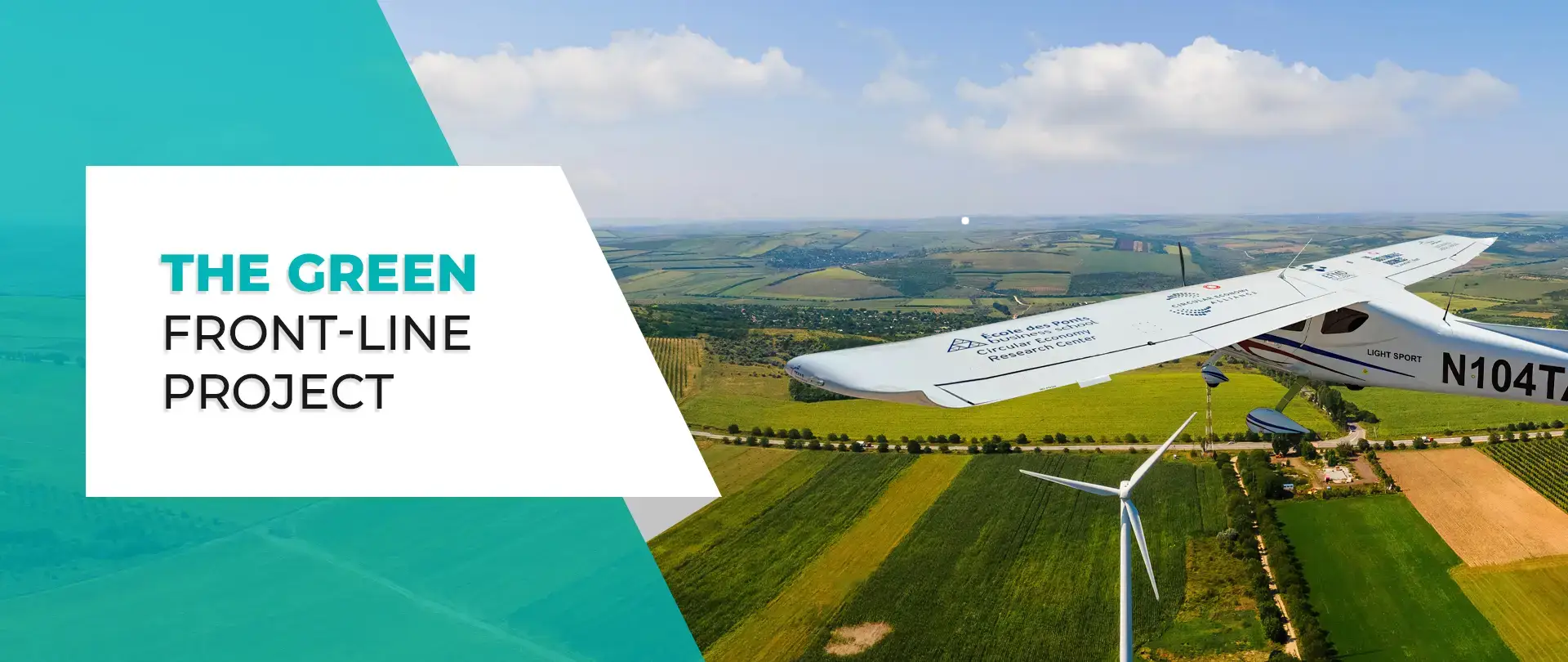






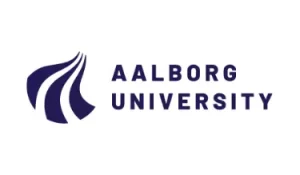





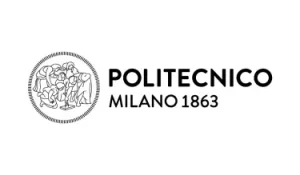















































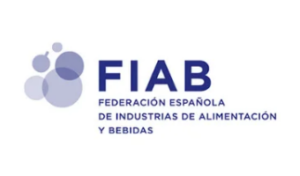














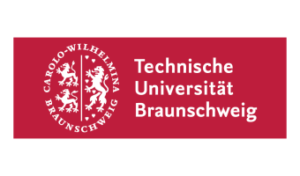






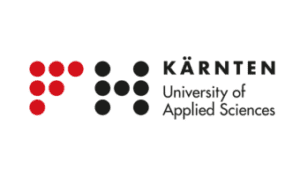




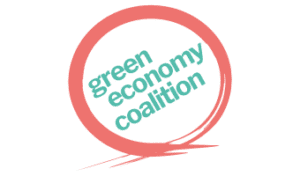

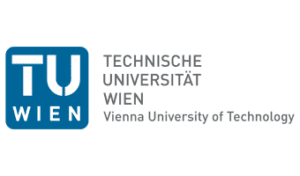



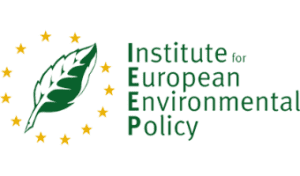










0 Comments